Press Any Button

This game is anything but ordinary—perhaps even entirely exceptional in its approach. The review won’t follow the typical breakdown of gameplay, story, graphics, music, and so forth. First, because the game can be completed in about 40 minutes, and second, because every element is deeply intertwined and functions harmoniously together. Press Any Button stands as a vibrant example of how games can truly embody art (for anyone who might still question that notion). Just like any genuine form of art, you don’t necessarily need a massive budget or a large team; sometimes, all that’s required is a creative idea and the talent to realize it effectively. This game proves that passion and originality can shine through, making a lasting impact on players and showing that art can flourish in unexpected places.
Table of Contents
Press Any Button Free Steam Account
The game was entirely crafted by a single individual, Evgeny Zubko, and made its debut on Steam in January 2021. A sequel titled Many Buttons to Press exists, but it has been met with overwhelmingly negative reviews. According to player feedback, it shares little in common with the original, so we won’t delve into that further. So, what’s the premise? We find ourselves as participants in an experiment presented in an engaging game format. Initially, our task is simply to press a button whenever a block passes through a green zone, which is… not particularly thrilling.
58 minutes? Well, thanks for that… The dynamic shifts dramatically when the main character, AI, an artificial intelligence running the test, makes its entrance. It decides to experiment with game design while also interacting with the player. From this point on, the game revolves around these two core elements: we complete a level, we engage in conversation, we complete another level, and so on. It’s straightforward, yet remarkably effective, as the gameplay evolves based on our discussions. Each interaction influences how the game unfolds, making each playthrough unique. The simplicity of the mechanics contrasts with the depth of the dialogue, creating a compelling experience that keeps players invested.
The gameplay is still quite basic: we must catch the falling blocks before they hit the bottom of the screen. Aside from a few mini-games sprinkled throughout, this remains our primary task until the very end. Yet the developer performs remarkable feats, maximizing the potential of this simple concept in impressive ways. The gameplay is deeply integrated with the narrative, beautifully illustrating it at every turn. When summer is mentioned, vibrant cherries and juicy watermelons appear, blocking our platforms while a gentle summer rain creates an immersive backdrop. As we shift to winter, whimsical snowmen freeze the platforms beneath them, adding another layer of challenge. Various objects like bouncing balls, sturdy columns, quirky accordions, explosive dynamite, and ticking bombs each behave uniquely, complicating the game while also advancing the story in engaging ways.
Is playing Press Any Button challenging? Well, it really depends on your luck. The blocks are generated randomly, and there are moments when you might find it physically impossible to clear them all. This can be quite annoying, especially when you’re trying to progress, but the game and its various segments are so brief that you likely won’t have time to get frustrated. Plus, the AI is still learning the ropes of game design, so a little patience and understanding really go a long way, don’t you think? The mini-games are genuinely entertaining and bring a lot of charm to the experience. For instance, at one point, we get a quick retelling of the story of Koschei, where you must catch a hare, shoot a duck, break an egg, and snap a needle all in one go. Another time, we tackle the classic glass dilemma, which is either half empty or half full, and all you need to do is hold the glass under the drips. And let’s not forget the hilarious attempt to help the AI compose music! It results in a rather goofy and strange, yet oddly heartfelt melody, which truly enhances its character and makes the experience memorable.
At a certain moment during the discussion about music, the game begins to reveal its true depth and complexity. First, the somewhat monotonous opening melodies give way to the breathtaking Danse Macabre by Saint-Saëns, marking a turning point where the soundtrack elevates the entire experience. From that point onward, there are no more lackluster compositions to detract from the immersion. The role of classical music in games is a subject deserving of its own exploration; sometimes it is masterfully integrated (as seen in Horace), acting as a compelling tool that deeply resonates with players on an emotional level. Moreover, the conversations grow increasingly profound and thought-provoking as they unfold. The concept of a robot engaging with a human and posing seemingly innocent yet deeply challenging questions—laying bare the absurdities and contradictions of human existence—is hardly original (and yes, I must bring up Horace again). Yet here, it reaches a new dimension, as we, the players, are compelled to respond with a firm “yes” or “no.” A simple glass is one thing, but the AI probes into much more difficult, painful, and nuanced themes that resonate on a personal level.
There exists another set of questions where AI inquires about itself. These questions come with an astonishing innocence and a profound trust in your reply. It feels disheartening to let it down, even when the honest answer might be more appropriate. Many can relate to this sensation. They peer earnestly into your eyes, silently conveying: “But I’m a good one, right? Truly? And surely you’re my friend, aren’t you?” Yet, deep down, you find them unbearable, and you aren’t their friend at all, which leaves you feeling quite awkward and a touch ashamed. It’s a strange discomfort to confront. Nevertheless, AI isn’t easily offended; it typically steers the conversation back to normal after just a couple of lines. The dialogue is completely linear, lacking any choices or alternative endings, but that doesn’t lessen the sense of engagement you feel. It’s fascinating how these interactions unfold.
At a certain moment in the game—without revealing exactly when it happens—it ramps up in difficulty, and the AI becomes increasingly introspective (all set to the breathtaking “Connection” by Brian Boyko). It feels almost like more than just gameplay; it’s easy to believe that someone on the other side of the screen is genuinely experiencing distress. This immersive effect is largely achieved through the game’s direct engagement with the player, fostering a sense of connection that transcends traditional gaming experiences. Indeed, you can empathize with the characters as you would with yourself, yet it’s still not entirely the same as being actively involved in the unfolding action. The principle that allows games to evoke deeper emotions than films or books is brought to its fullest expression here. The crisis eventually resolves, the AI seeks forgiveness, and a profound catharsis follows, leaving players with lingering emotions long after the game concludes. This blend of narrative depth and emotional resonance makes the experience truly unforgettable.
This is a game about life. About the changing seasons, about music and beauty. About friendship and loneliness. About depression, war, death – and about coming back to life. And it’s also a game about destroying blocks before they touch the bottom of the screen.
Press Any Button system requirements
The essential PC specifications required for running the game Press Any Button are clearly outlined in the system requirements. These guidelines are designed to ensure that players experience smooth and seamless gameplay, delivering a satisfying frame rate and rapid loading times that enhance the overall gaming experience.
The minimum PC requirements to launch Press Any Button guarantee a stable and enjoyable gaming experience at its lowest settings, allowing players to engage fully in the game without encountering any significant discomfort or issues that could detract from their enjoyment.
| Requirement | Minimum |
|---|---|
| Processor | 2 GHz or faster |
| Graphics Card | 1 GB VRAM |
| Storage | 250 MB available space |
How to play Press Any Button for free on Steam via VpeSports
You launch the game. There’s just one line on the screen: Press Any Button. Just press a button? Or something more? This game isn’t just an interactive story. It’s a dialogue. Between you and a digital being who wants to live. Want to dive into a meta-story about free will, design, loneliness, and choice? Great news: now you can play Press Any Button completely free.
To get started, go to the VpeSports website, register, and log in to your profile. Then go to the Free Steam Account section — the game will already be waiting for you among the others. Go to its page, where we’ve prepared a brief overview so you’ll immediately understand where you’re going. Below is a button that will give you access to step-by-step instructions: how to download, how to launch, and how to immerse yourself in a dialogue with something that’s unlike any other game.
When you finish it (and it won’t take more than an hour, but it will remain in your memory for a long time), be sure to share your impressions. We read everything. Every word. Reviews are checked, so if they don’t appear right away, just check, save according to the rules and send again. After publication, access to your account will be sent to your e-mail.
And to stay up to date with new unusual games, get fresh Steam accounts and discuss things that are not discussed in mainstream chats, subscribe to our Telegram. It’s cozy, sincere and you can always find an interlocutor to your liking. And if suddenly something is wrong, just write. We are not neural networks. We are here.
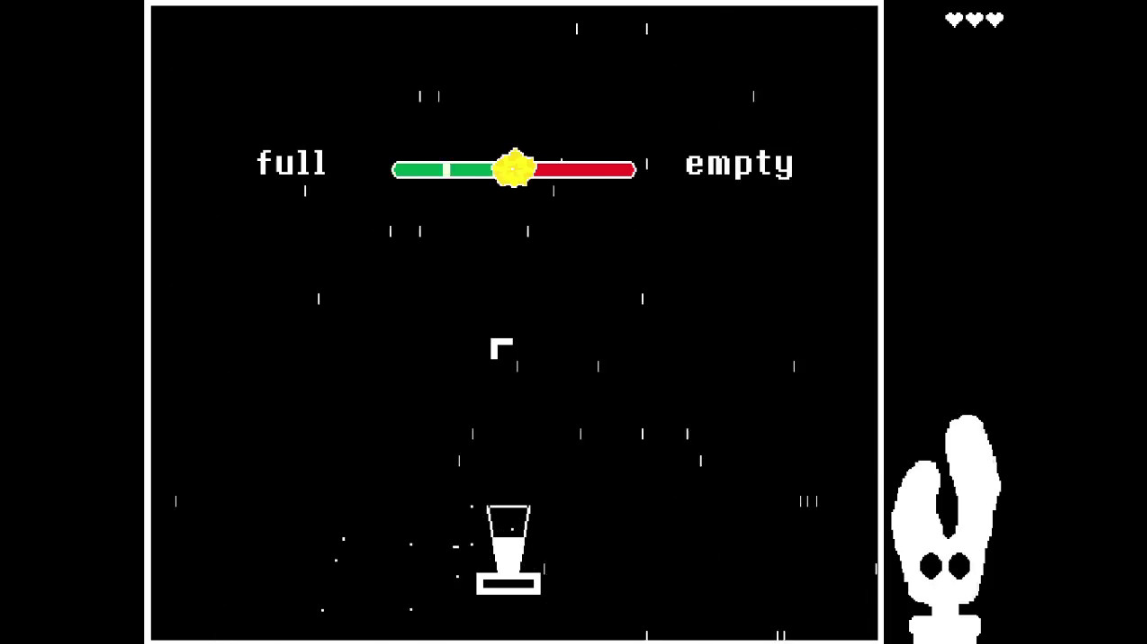
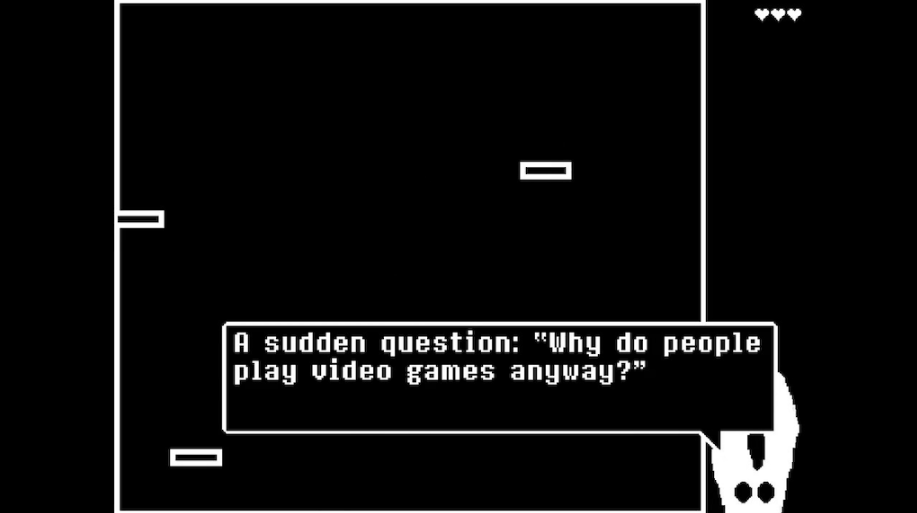
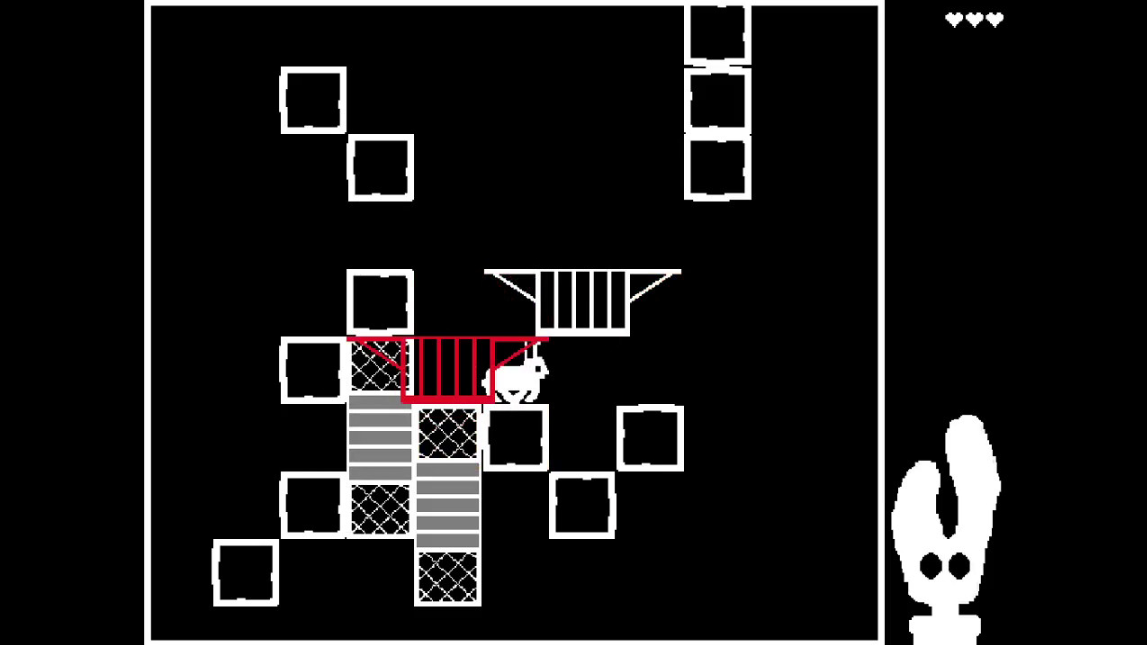
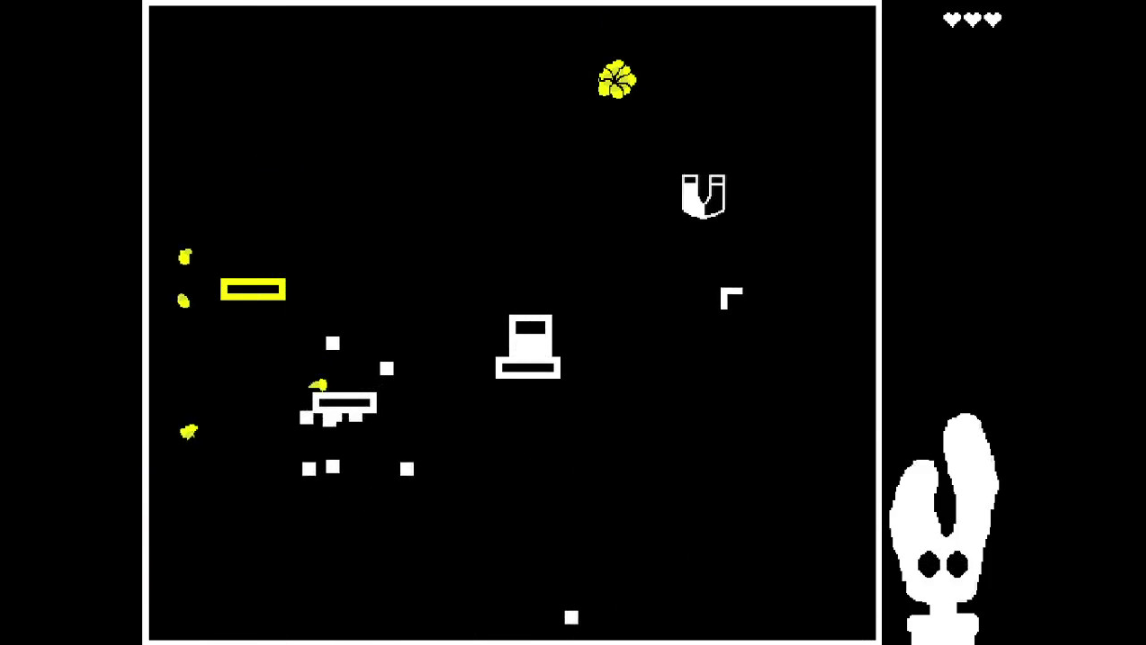

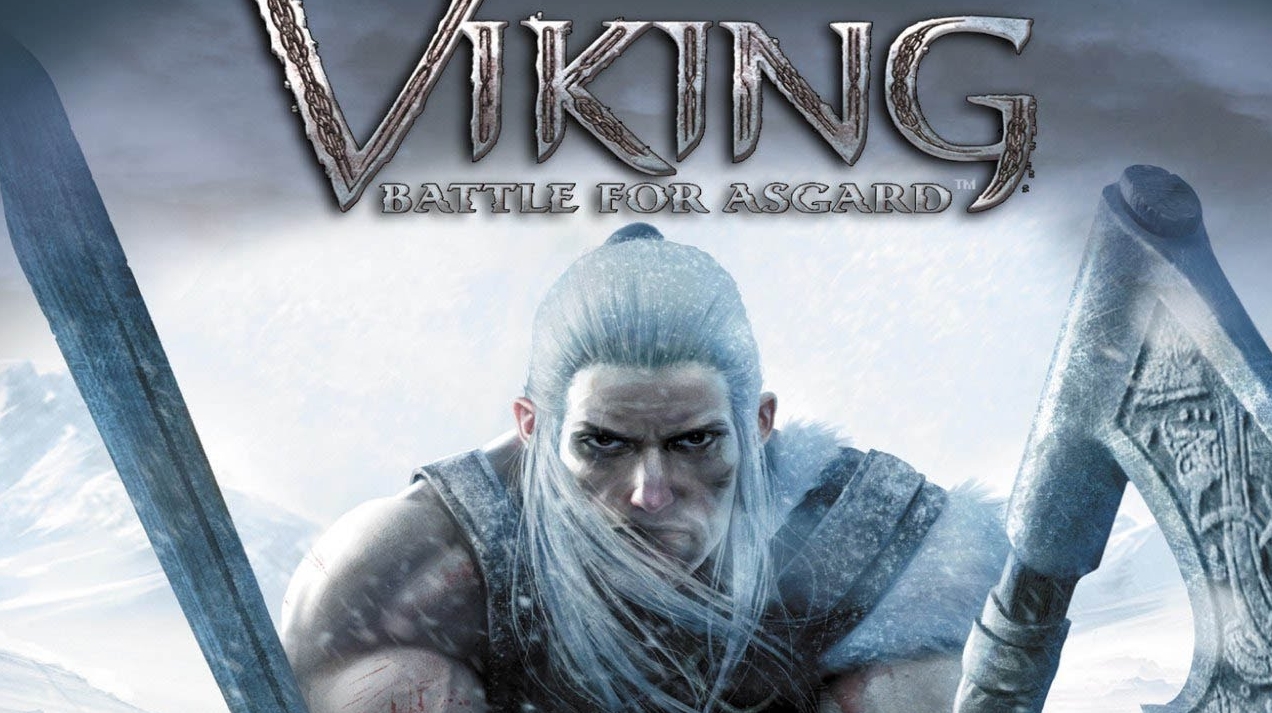
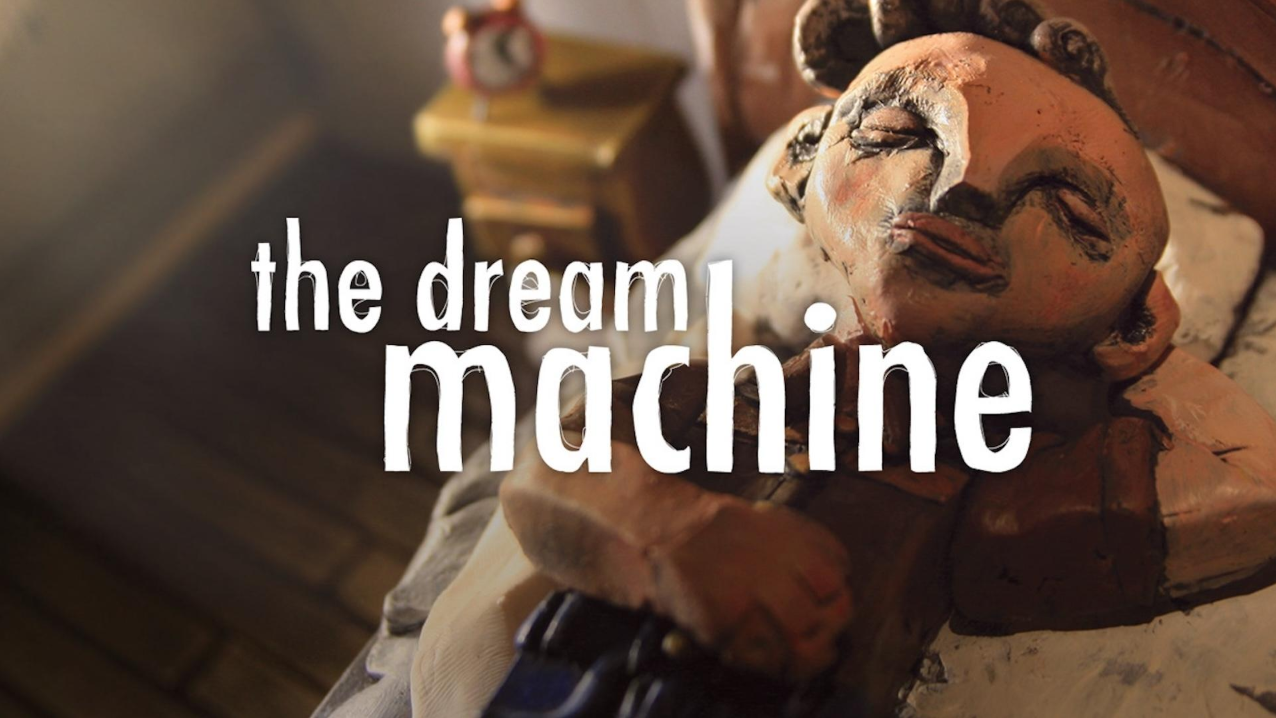
thank you for sharing this game vpe sports <3